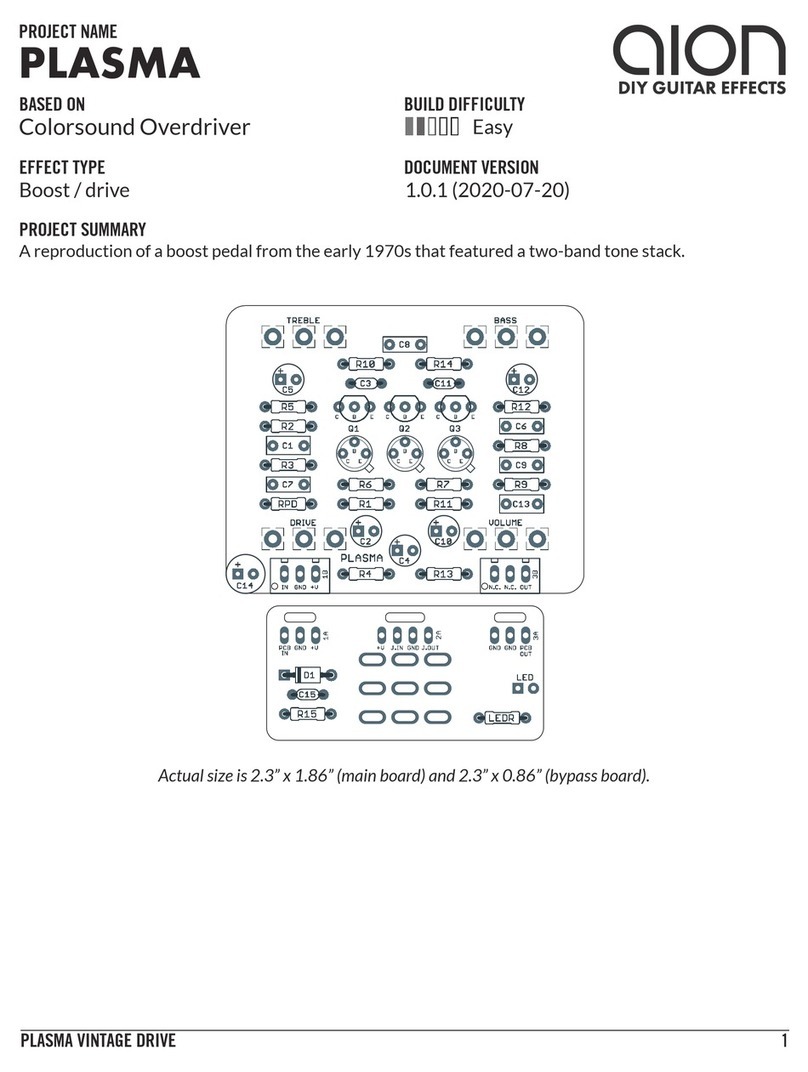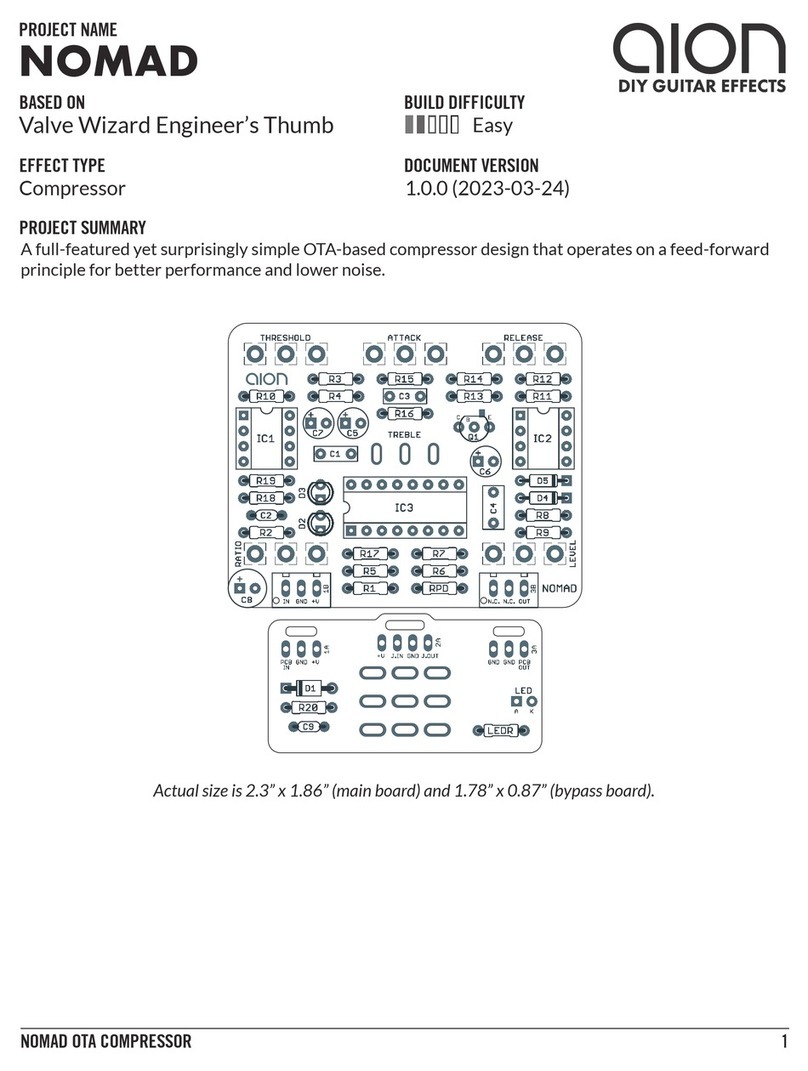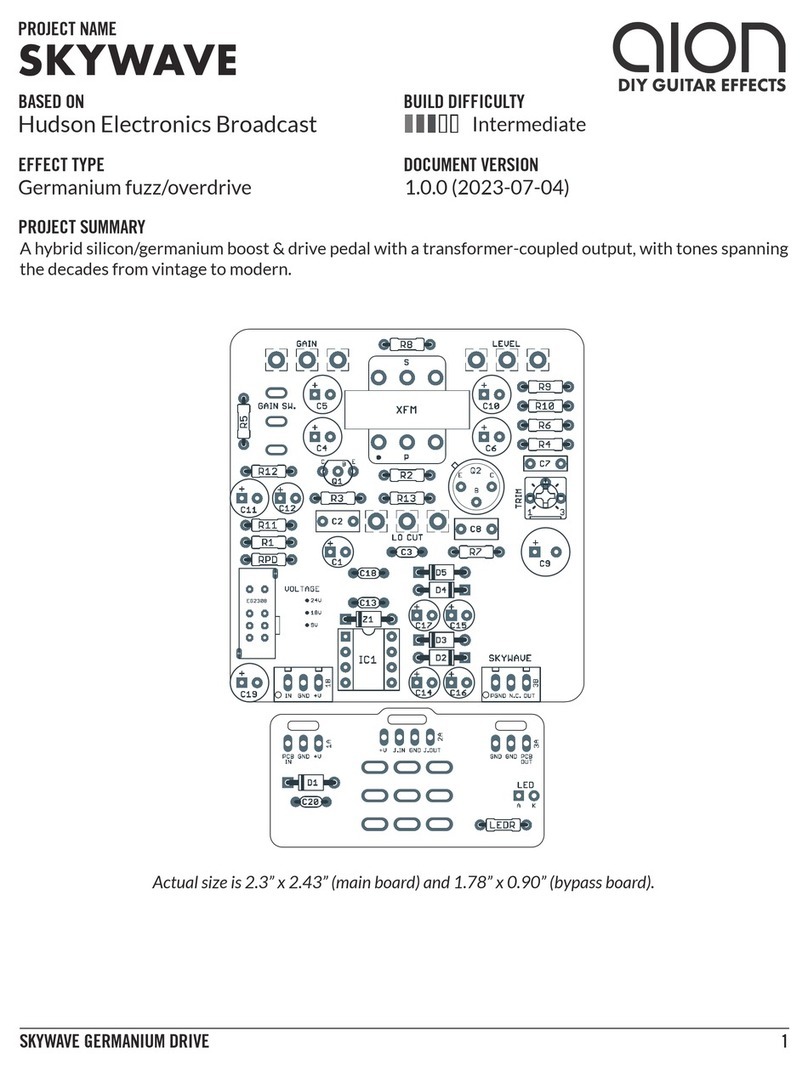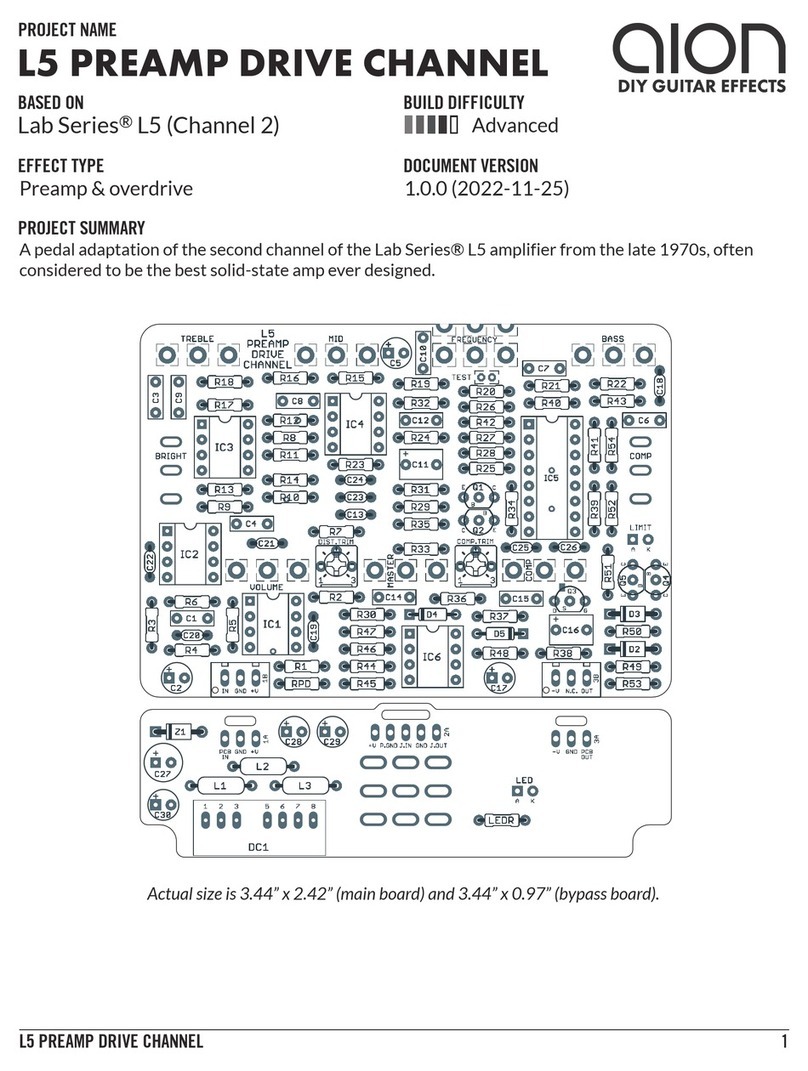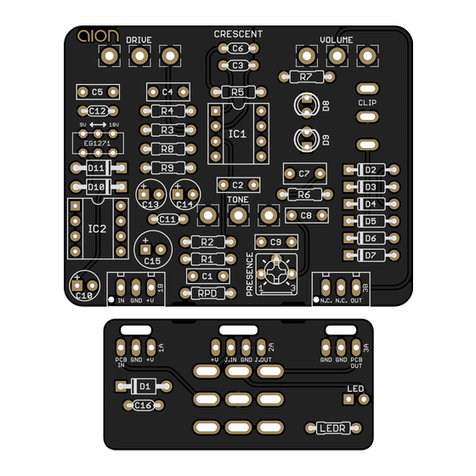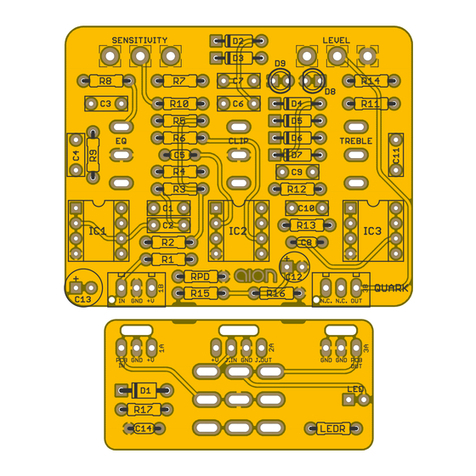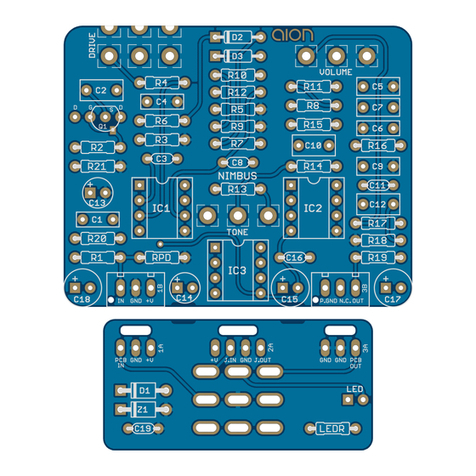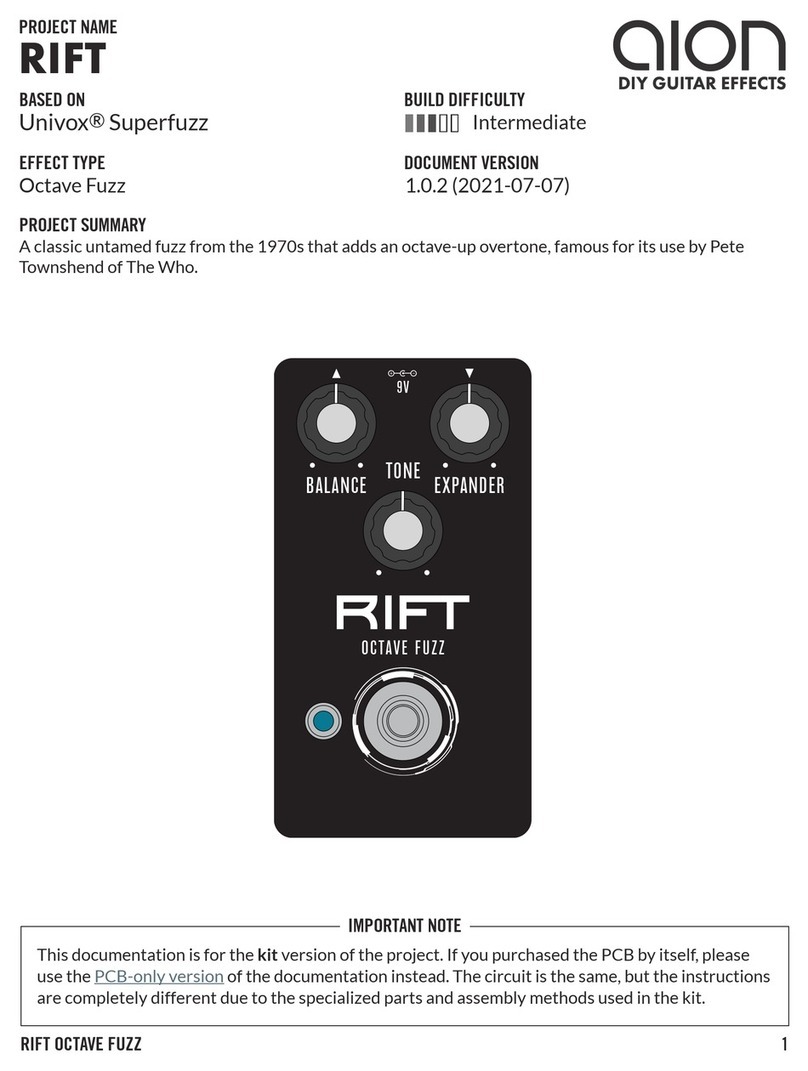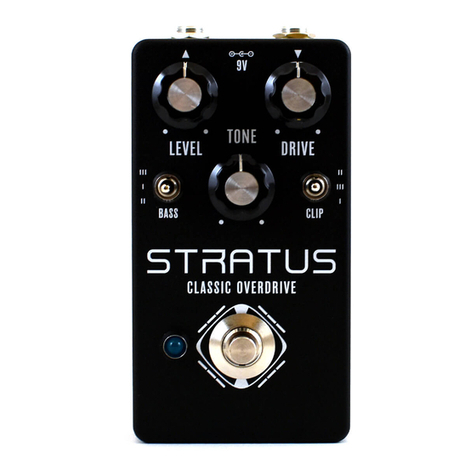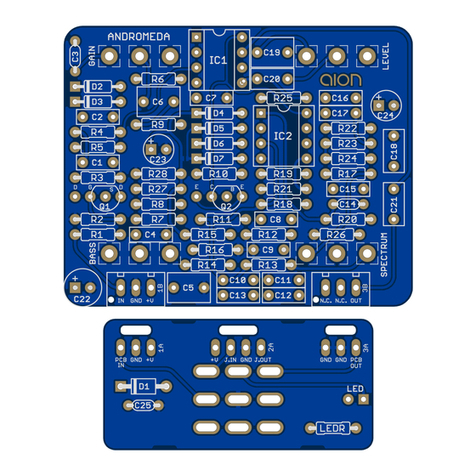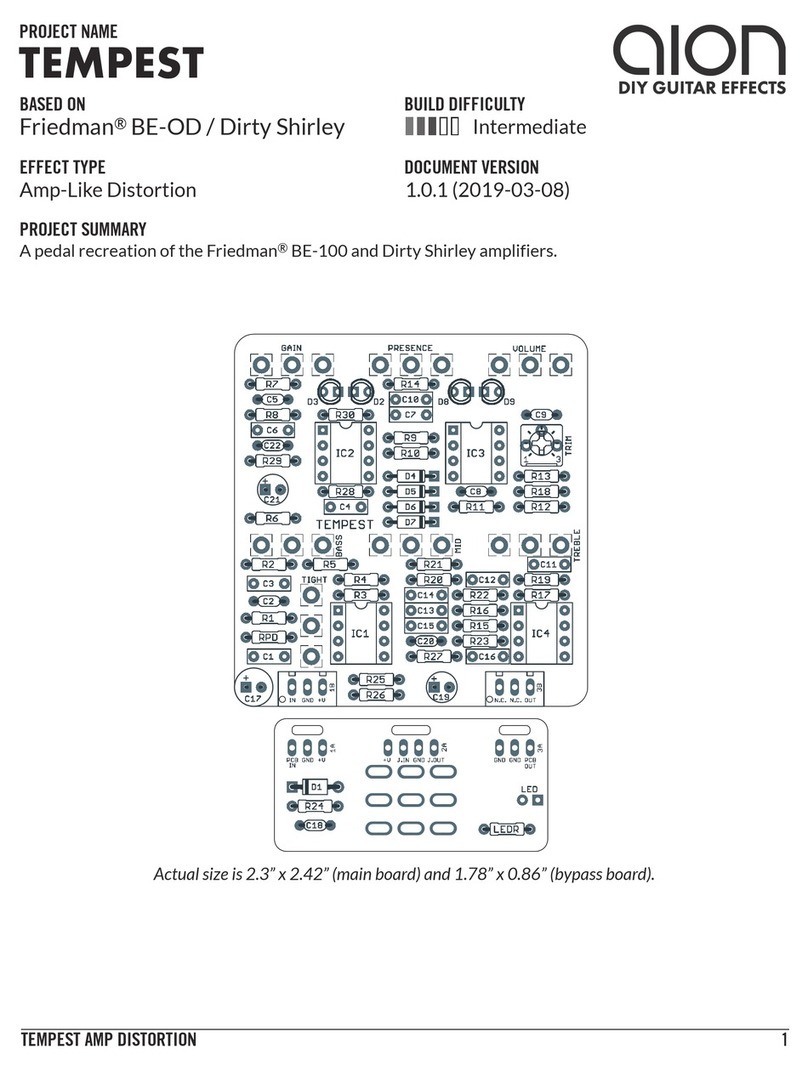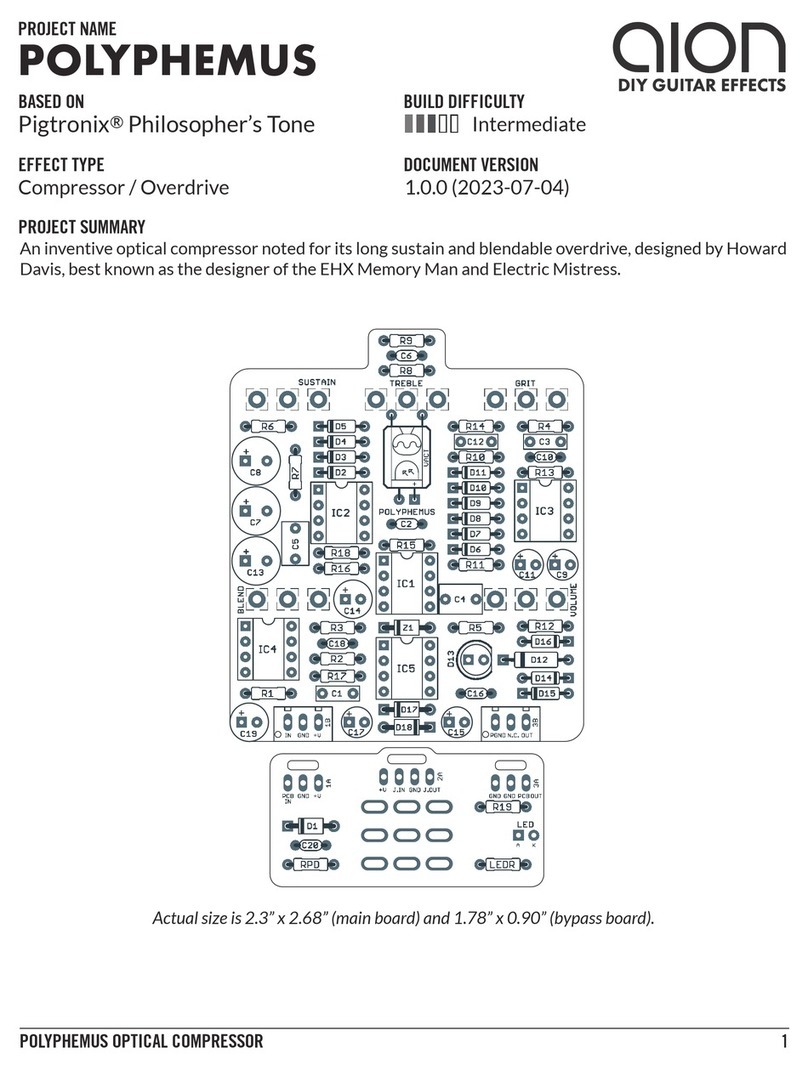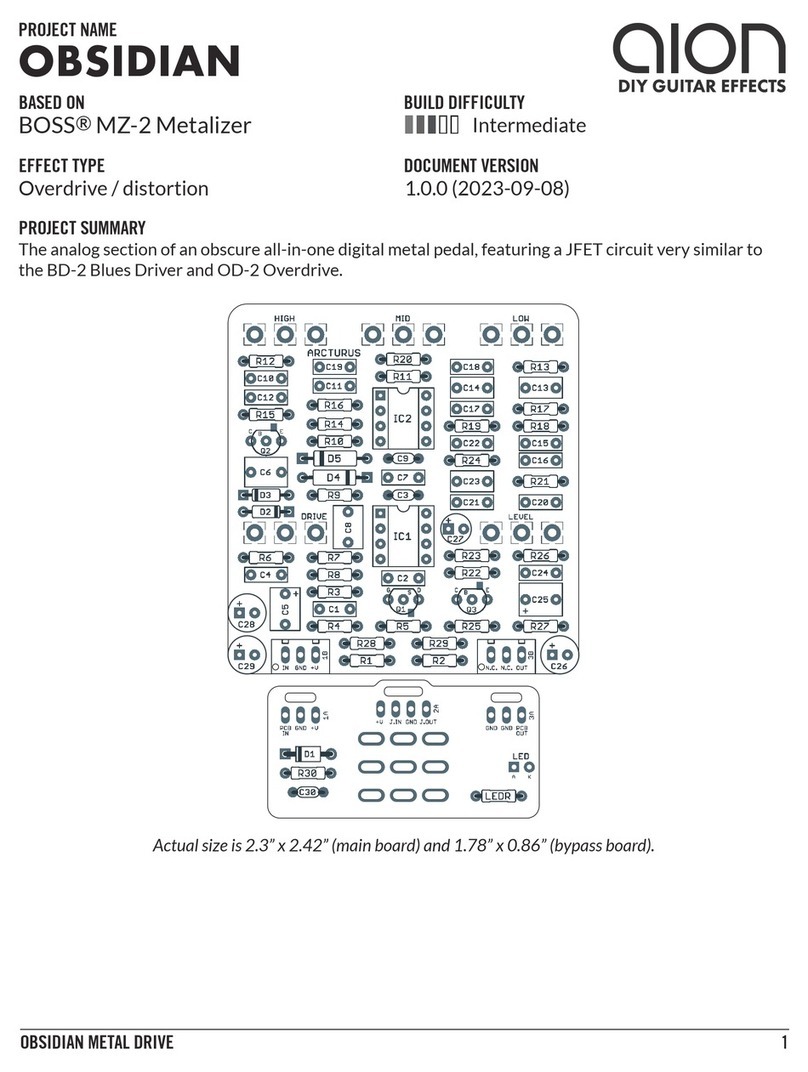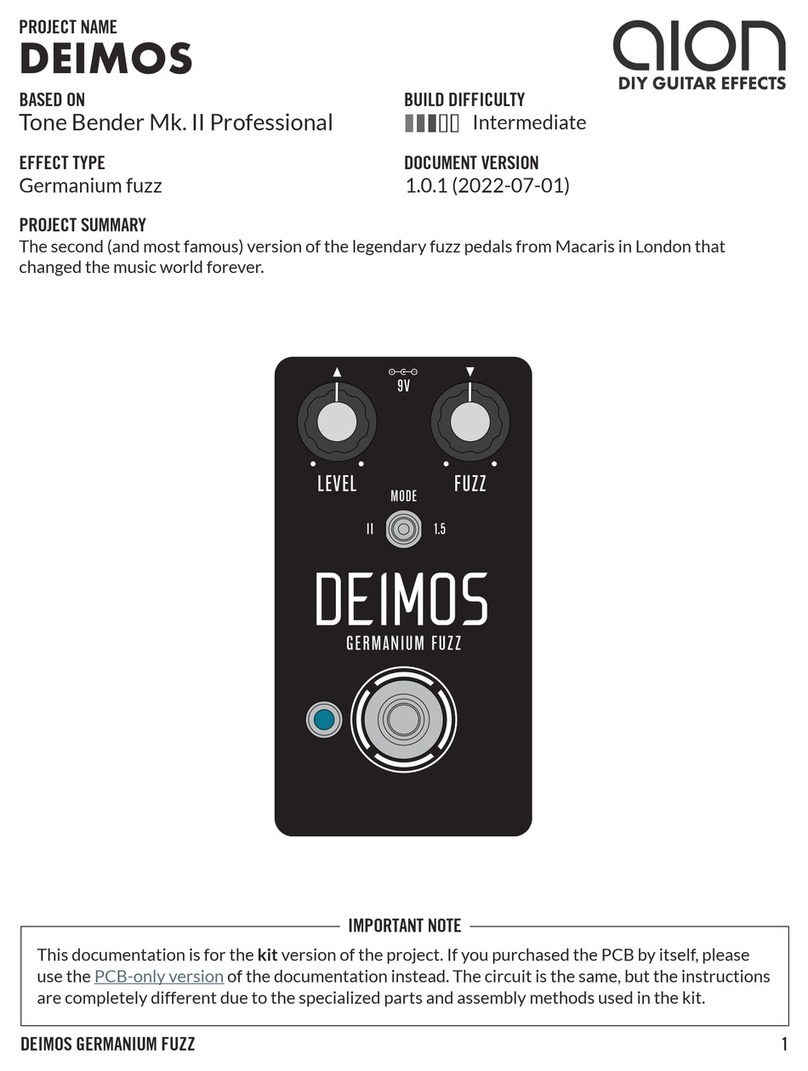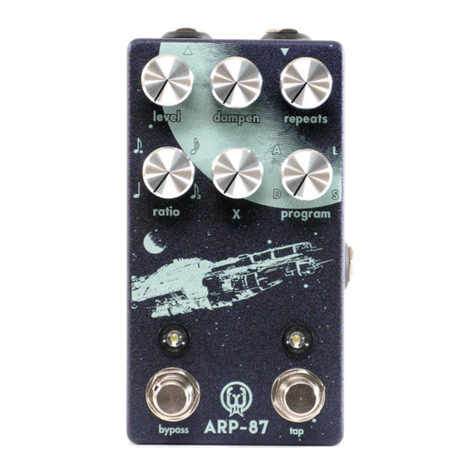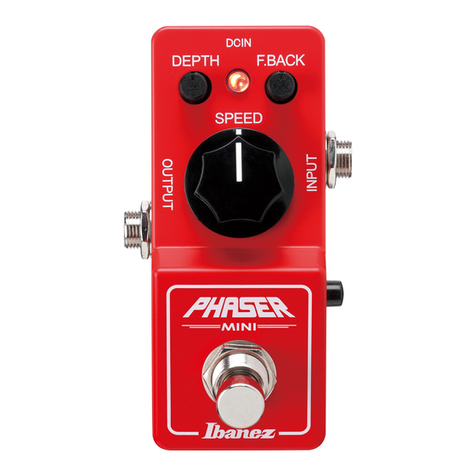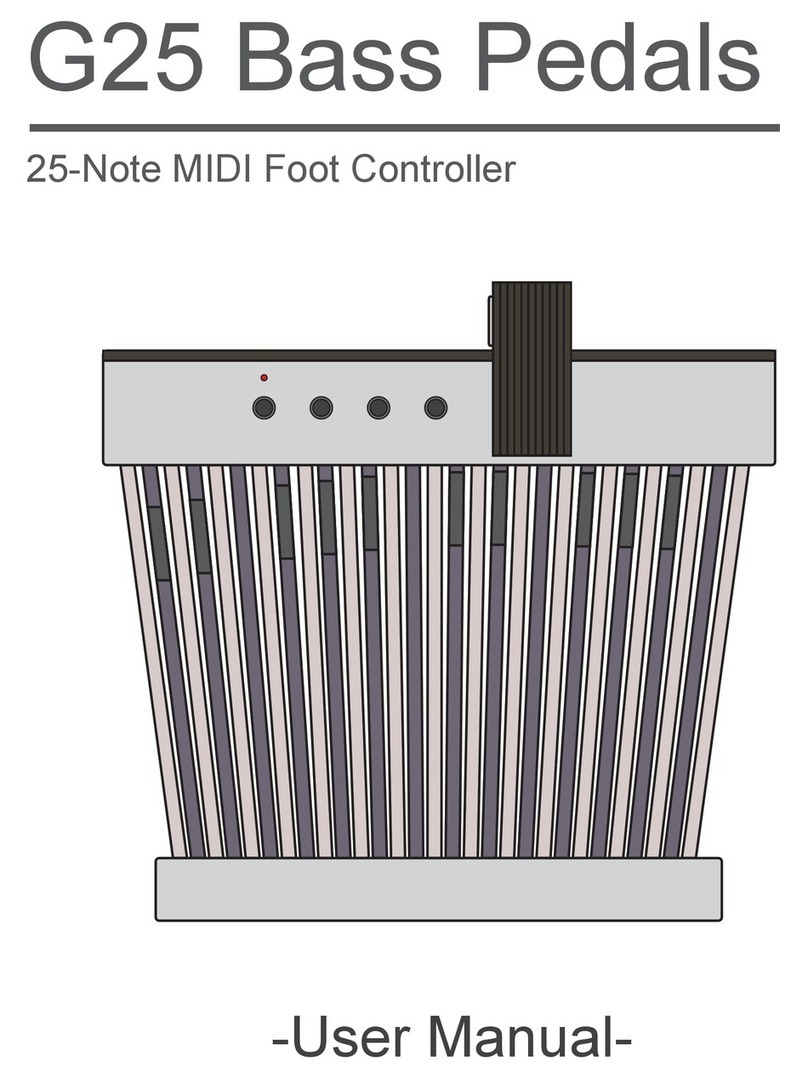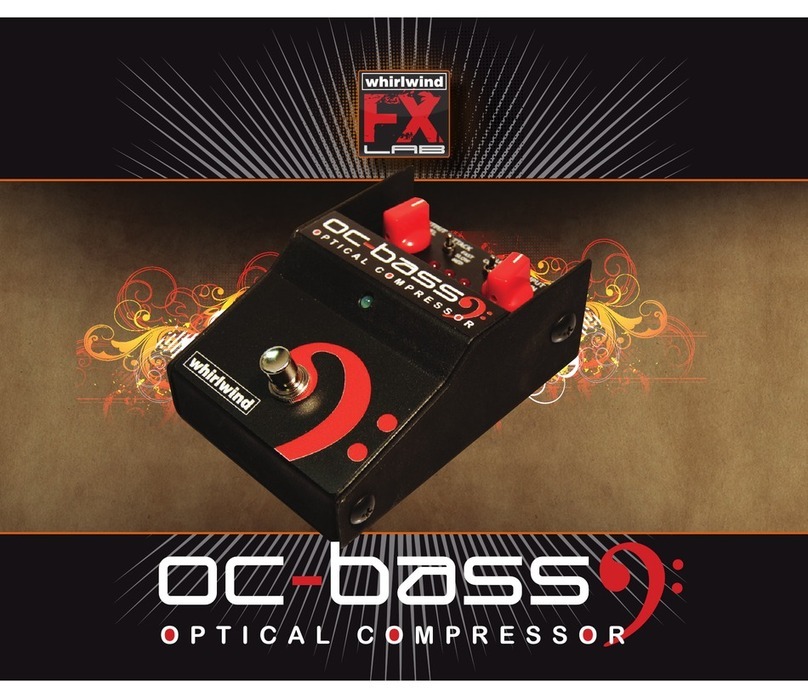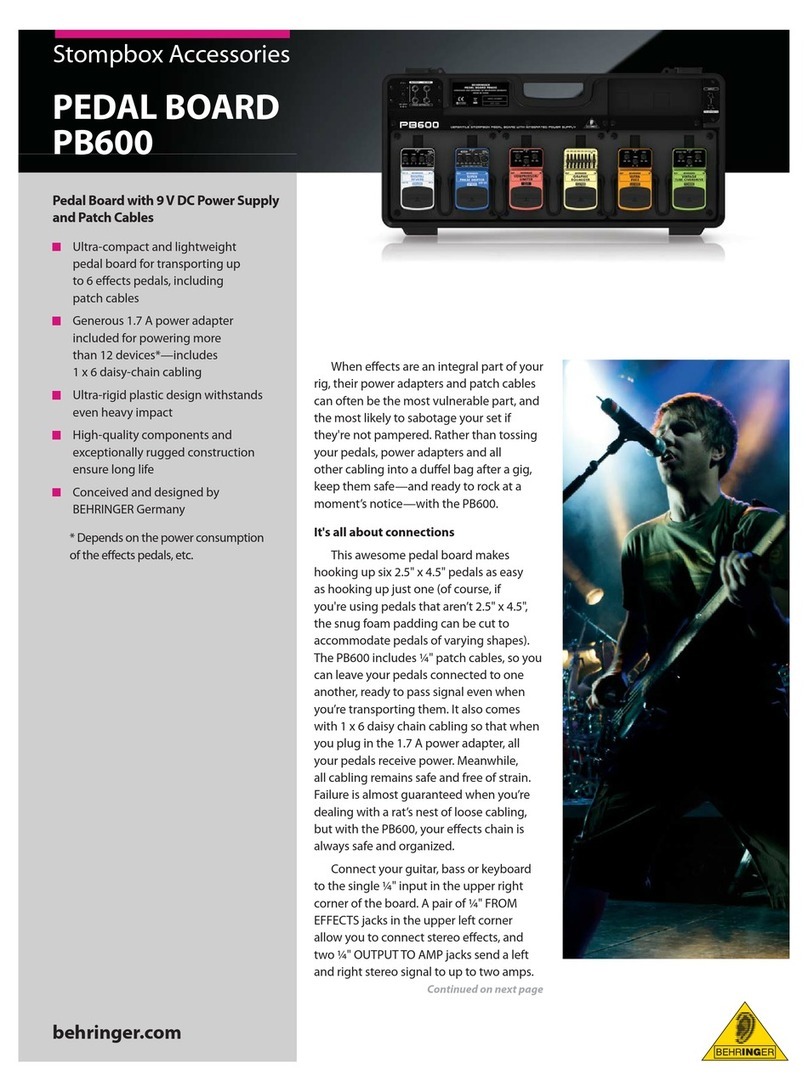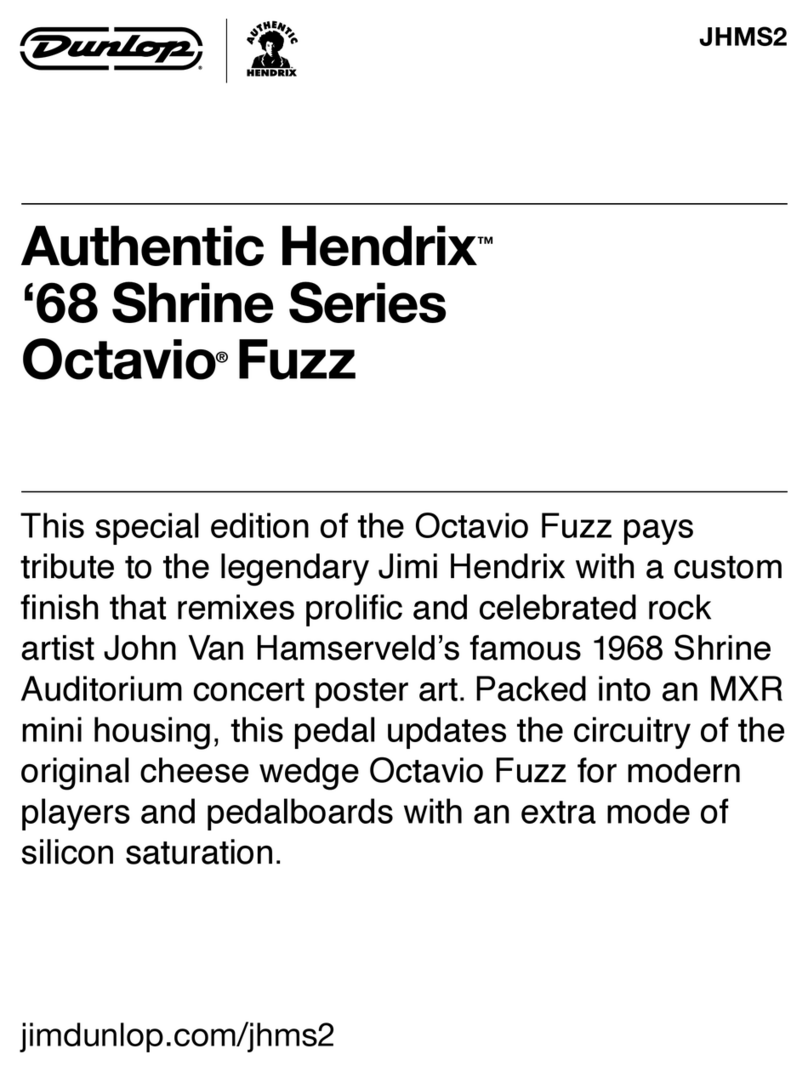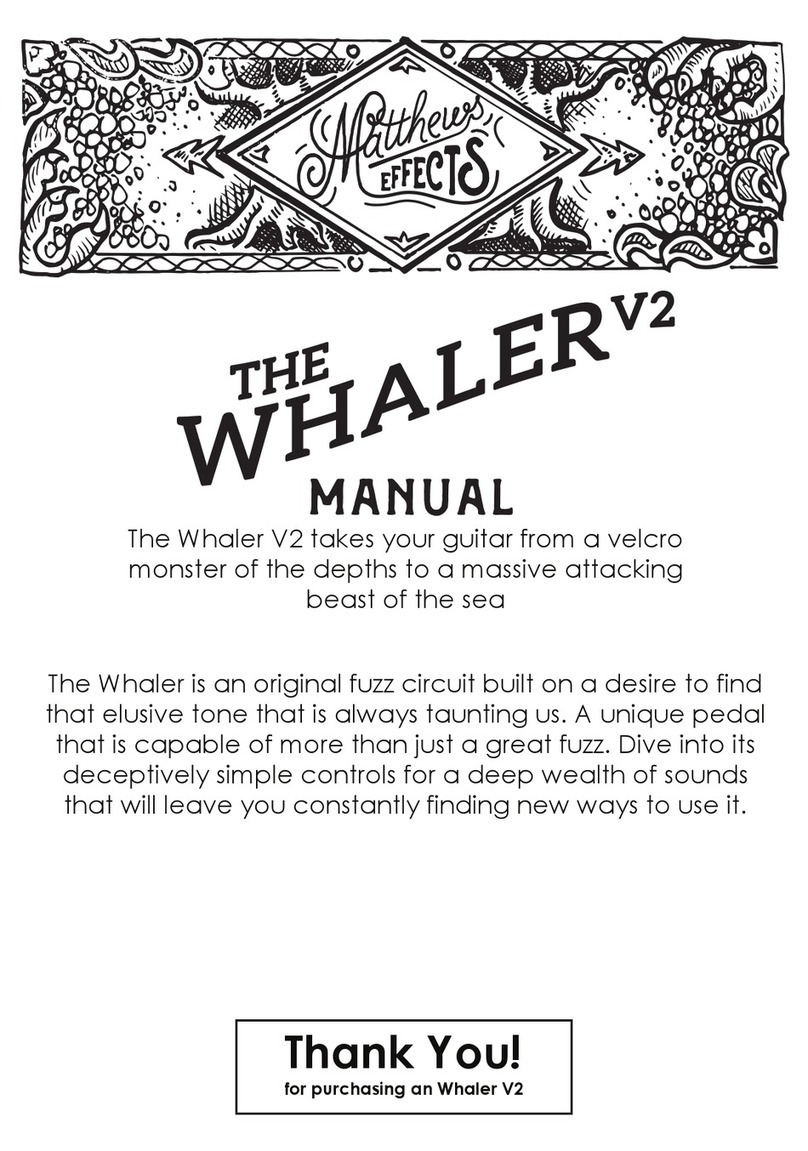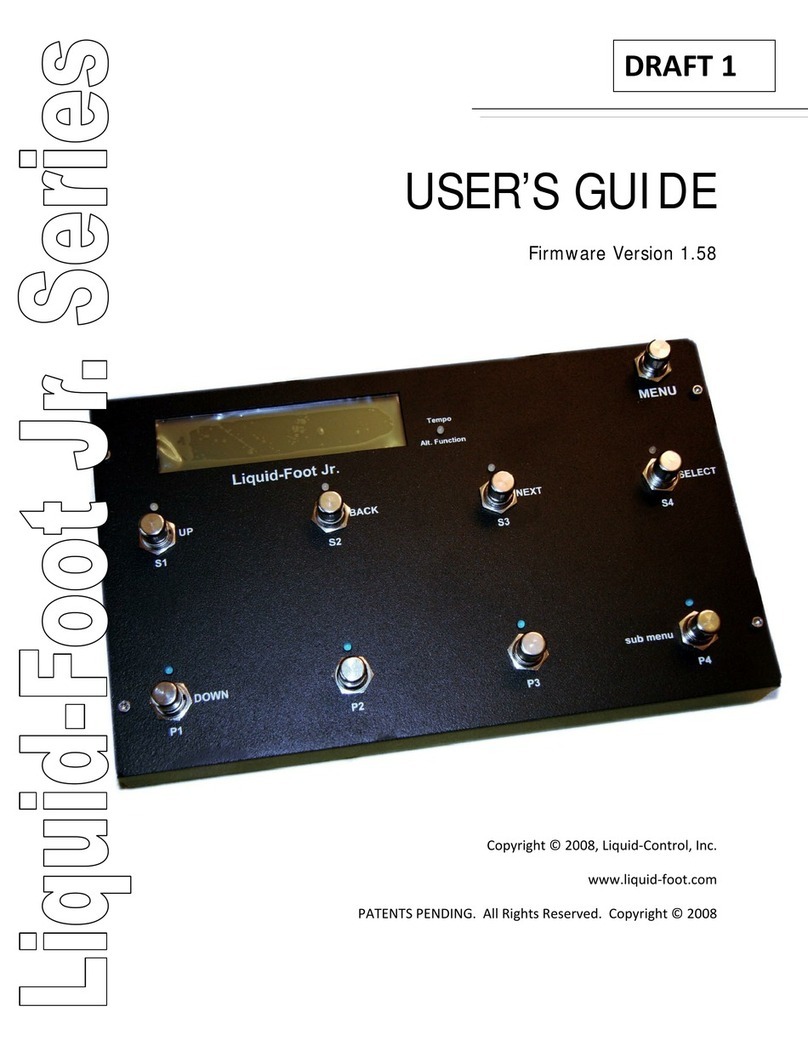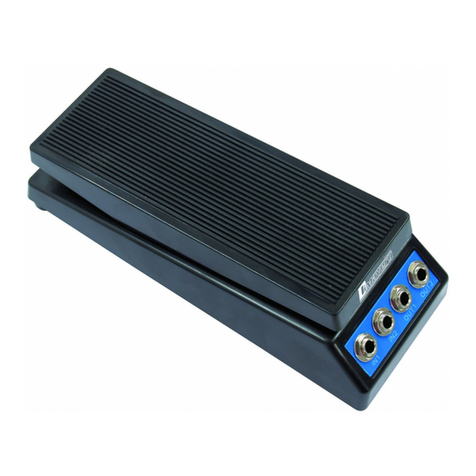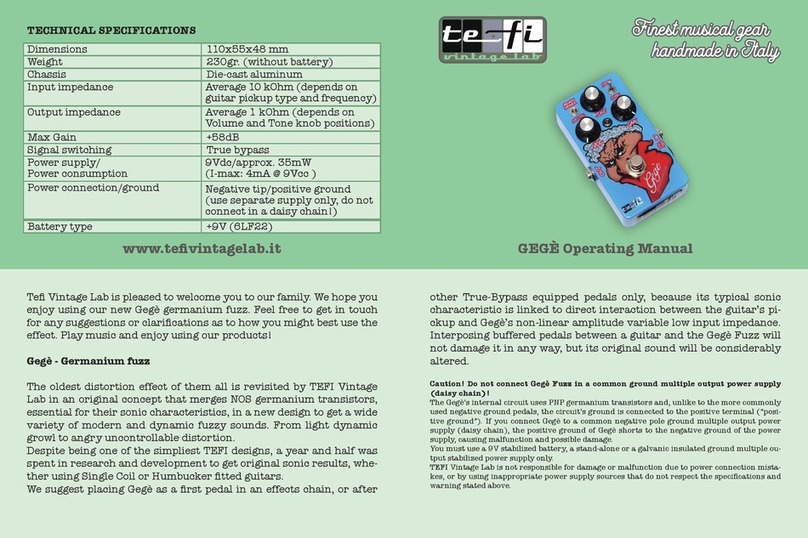
LUMITRON RESONANT FILTER 6
BUILD NOTES
Vactrol selection
The original Mu-tron III used a dual-element optocoupler from Hamamatsu, marked with the part
number 805A, which had a single LED and two fully independent LDRs in one package.
There is no record of the 805A part number in Hamamatsu’s catalogs or datasheets. However, the Mu-
tron III service manual from after the ARP acquisition (1979) lists it as the P873-13, which is a standard
Hamamatsu part with the same dual-LDR configuration and the same physical appearance.
It’s not known whether the 805A is just an internal part number or if Hamamatsu may have produced
it specially for Mu-tron, either a custom specification or selected for certain characteristics. It’s known
that they had Hamamatsu manufacture custom optocouplers for the Phasor II, so they did have a direct
relationship with the company that went beyond just ordering from a catalog.
Regardless, there is nothing particularly notable about the specifications of the P873-13 other than the
dual LDR. Most Mu-tron III clones just use two fully separate optocouplers with the LEDs in parallel,
which makes no difference to the operation.
It’s recommended to use the VTL5C3 here, as it’s been used successfully for years in DIY adaptations.
This is also the type used in the EHX Q-Tron, a variant of the Mu-tron III that was designed by Mike
Biegel for EHX in the 1990s. Other types such as the NSL-32 can be made to work, but you may have to
modify some of the surrounding circuitry since the “on” resistance is much lower.
Setting the Sweep trimmer
The Sweep trimmer is designed to be a sort of bias control for the optocouplers. In the original units, the
resistor in this position varied based on the specs of the optocoupler, but Mu-tron’s process for selecting
a resistor value is not known. In the Lumitron, as with many other DIY clones, we’ve made this a trimmer
so that the resistance value can be adjusted to preference. Start with the trimmer in the middle and turn
it to the left and right to see how it changes the sound, then leave it where it sounds best.
Some Mu-tron clones make this an external control, and you’re welcome to wire it offboard if you like,
but there is generally a sweet spot and on-the-fly adjustment isn’t nearly as useful once it’s been set.
Peak potentiometer value
In the original units, the Peak control was a 150kA (log/audio taper) potentiometer. This value is very
difficult to find today, so it’s recommended to use 250kA with a 390k resistor in parallel (R6), which
approximates a 150kA pot. If you do manage to find a 150kA potentiometer, you can omit R6 entirely.
Envelope indicator LED
The footswitch PCB includes a second LED that shows the envelope. This correlates closely to the
optocoupler LEDs that drive the filter, so it’s a good way of seeing the action directly. Note that if the
“Drive” switch is set to DOWN (in other words, it starts high and sweeps low with the envelope), the LED
will be on by default and will turn off when the envelope detector engages.
If you want to omit this LED, you can just omit the LED as well as R23 and R24 on the footswitch board.
No jumpers are necessary.


